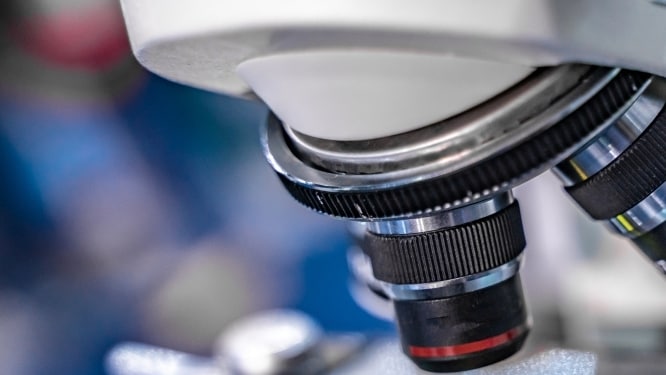When patients ask what causes dental caries, do you answer “sugar” or “the bugs in your mouth?” Oral microflora plays a critical role in oral health. Understanding the relationship between your body and its microorganisms can help you teach your patients how to prevent dental disease.

What Is Oral Microflora?
Oral microflora is the aggregate of microorganisms residing in the mouth, and more than 700 bacterial species have been detected that can be found intraorally, notes a study in the Journal of Bacteriology. When oral bacterial species form a coating on teeth, dentists recognize this as dental plaque, or dental biofilm.
Many oral bacteria have been implicated in dental diseases resulting from a dysbiosis. Imbalance in the different types of bacteria favors microorganisms that can be harmful by playing a lead role in the disease process. It is also now hypothesized that the whole biofilm may be involved. Recent research and the keystone pathogen theory support this.
Two species of bacteria are major contributors to dental disease: Streptococcus mutans (S. mutans) and Porphyromonas gingivalis (P. gingivalis). In addition, lactobacilli are linked to root caries. The journal PloS One notes that S. mutans uses dietary sugars to produce acid that results in demineralization associated with dental caries. S. mutans also produces extracellular polysaccharides early in the process of biofilm formation, in effect forming a “glue” for the biofilm. P. gingivalis is thought to be the major microorganism involved in chronic periodontitis, according to Frontiers in Microbiology.
Causes of Changes to Oral Bacteria
Every person’s oral microflora changes during their lifetime. As babies grow, their mouths are colonized by bacteria. Shortly after birth, the soft tissue is colonized by S. salivarius. As teeth erupt and gingival crevices form, microorganisms, such as S. sanguinis and S. mutans, colonize the surfaces of teeth and the soft tissue. The overall complexity of the environment and the number of species present continues to increase as a person matures and ages.
An imbalance in the oral flora can occur for many reasons, for instance, due to a diet high in fermentable carbohydrates that changes the pH of the environment, or a thick biofilm buildup that protects the microorganisms in its depth particularly well (i.e., it can’t be penetrated by antimicrobial agents). Finally, the mouth can also be invaded by opportunistic pathogens like Helicobacter pylori. This microorganism is present in patients with gastroesophageal reflux disease (among other gastric conditions) and is implicated in periodontitis, according to the International Journal of Clinical and Experimental Medicine.
How can you help patients balance their own oral microflora? The key is to avoid tipping the scales toward an environment that is favorable for disease. Advise patients to follow a few practical steps to help avoid unfavorable conditions and dysbiosis.
- Reduce sugar intake to lower the risk of bacteria feeding on carbohydrates and creating a cariogenic environment. Instead, recommend that patients drink unsweetened nonacidic beverages, as well as milk, and eat dairy products as part of a healthy diet that includes ample calcium.
- Brush twice daily with a high-fluoride toothpaste to disrupt biofilm and help protect tooth structure.
- Floss daily and use interproximal oral hygiene aids like interdental brushes to disrupt biofilm between teeth and in the gingival crevice. Simply brushing will not reach bacteria in all of these areas. Finish with an antibacterial mouthwash. This can help to wash away debris in addition to reducing the level of bacteria present.
- Probiotics have been found to be helpful for digestive disorders in otherwise healthy patients, and preliminary evidence suggests that probiotics might be helpful for protecting teeth and gums.
- Encourage patients to visit your office regularly for checkups, with the frequency of visits based on their individual risk assessment for dental caries and other oral diseases. Despite good home care practices, some individuals have a higher risk of dental disease and benefit from more frequent appointments.
Understanding the importance of oral microflora is the first step toward teaching patients how to balance and control it in a healthy way. By learning about bacteria’s role in dental disease, you are providing your patients with critical information to help them follow up to achieve Whole Mouth Health.




You must be logged in to post a comment.